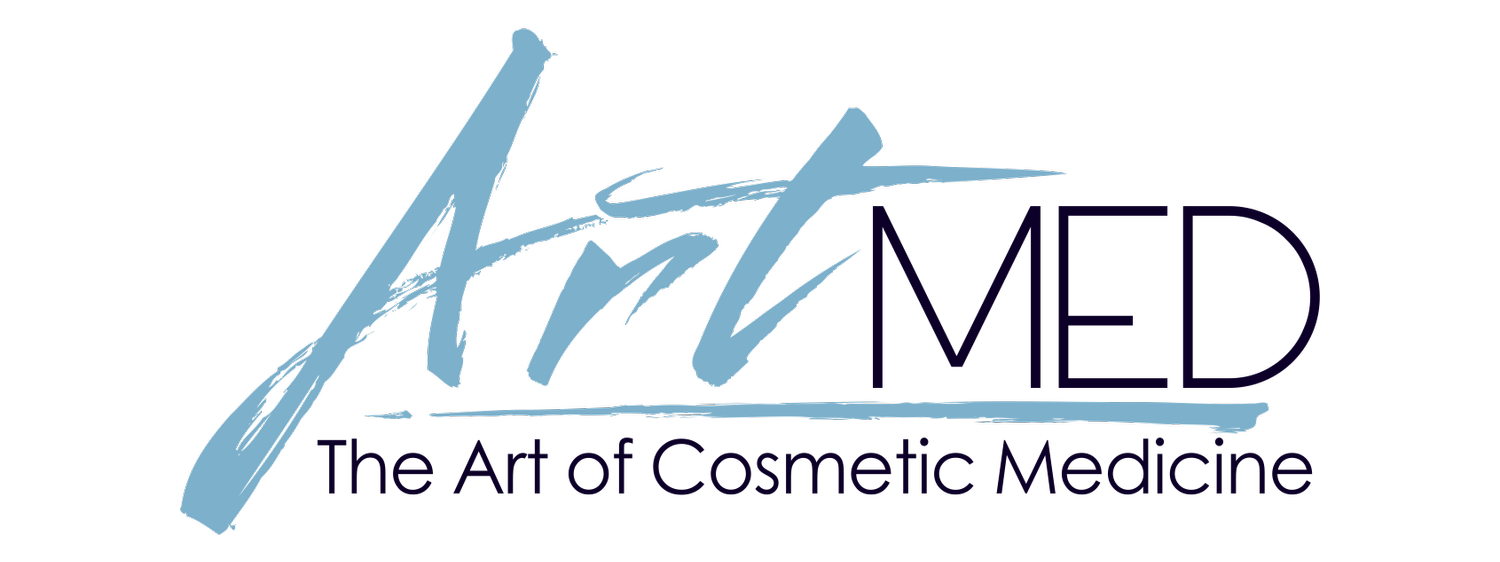
PRP for Hair Loss
Stimulate Hair Growth with Platelet-Rich Plasma
Why does hair loss happen?
Male and female pattern hair loss is a genetic tendency that can leave you feeling helpless. Options, like prescription drugs and topicals like minoxidil, are often partially effective and carry the potential for unwanted side effects. Surgical hair restoration can be expensive and is not an option for many. Thinning also happens with aging and women often notice a change in their hair quality in perimenopause and menopause. Losing a lot of hair can be distressing.
Blood platelets contain growth factors that stimulate cell growth. When there is a site of injury in the human body platelets aggregate together to form a clot to stem bleeding and then they release growth factors to initiate healing. Scientists have proven that when these growth factors are concentrated around hair roots hair growth can be stimulated even if hair roots have been dormant for some time. When platelets are concentrated and separated from other elements of blood this is called PRP (platelet rich plasma).
How can thinning hair be treated?
How does PRP for hair loss work?
PRP for hair loss is a therapeutic hair regrowth system that uses proprietary technology to generate the very high concentration of platelets necessary to achieve optimal hair regrowth. Blood is collected from the patient and the platelet-rich portion is isolated and injected back into target regions of the scalp. PRP can stimulate new hair growth in dormant follicles, stabilize hair to prevent early shedding and maximize the quality and health of each hair (improving thickness and luster). This enables you to fight the signs of lost or thinning hair using your own body’s natural capacities.
PRP treatments cannot restore hair in areas of the scalp where there is total loss such as balding. In those cases the hair follicles have died and the only option is a transplant. However, it can be helpful (although not guaranteed) in treating alopecia areata balding and patchy beards in younger men.


Begin your skin journey. Book a consultation with one of our medical practitioners.
Conditions to treat with PRP for Hair Loss
PRP for Hair Loss FAQ’s
-
Hair loss can be an embarrassing issue. Male and female pattern hair loss is a genetic problem that can leave you feeling helpless. Options, like prescription drugs, are often partially effective and carry the potential for unwanted side effects. Surgical hair restoration can be expensive and does not treat the underlying medical problems. Now there is an affordable way for you to regain your hair density back without surgery or harmful side effects. Platelet-Rich Plasma (PRP) for hair restoration involves a simple injection of your own platelets into the vascular layer of your scalp. PRP for Hair Regrowth
• Increases blood supply to the follicle
• Increases shaft size (thickness)
• Triggers and maintains the growth phase
• Controls hair growth cycle
• Decreases hair loss
-
Platelets contain healing growth factors. Those growth factors are like signal callers that give instructions to your tissue to regenerate and multiply. This has lead different fields of medicine to utilize PRP for wound healing to speed up recovery time and regrow healthier, stronger tissue. Now doctors have discovered new benefits for hair thickening and regrowth. With PRP for Hair, your growth factors and stem cells work together to reverse the miniaturization of the hair follicle and jumpstarting dormant hair back into the growth stage.
-
Talk to your physician for a proper diagnosis and to create a treatment plan.
-
Treatment will vary based on your need. Initially, your provider may recommend several treatments spaced 1 month apart. After the initial treatment, many physician suggest by maintenance treatments 2-3 times per year.
-
No, collecting the PRP usually only takes 10-15 minutes. And the PRP treatment itself is even faster. It often takes as little as 3-5 minutes.
-
There may besome sensitivity. However, most physicians utilize effective anesthetic solutions, such as cold ambient air or a topical analgesic to minimize any potential discomfort. Talk to your physicians about the right option for you.
-
There is no downtime or a long recovery process. You may take a warm shower the evening of the treatment. In addition, it is advised to avoid using any harsh dyes or chemicals on your hair for 48 hours.
-
PRP is not a cure for baldness (Androgenic Alopecia). The genetic medical problem will always remain. However, there is great evidence that regular treatments can significantly slow down the effects of Androgenic Alopecia and even works to increase hair density. Ask your providerfor more details and if PRP is right for you

